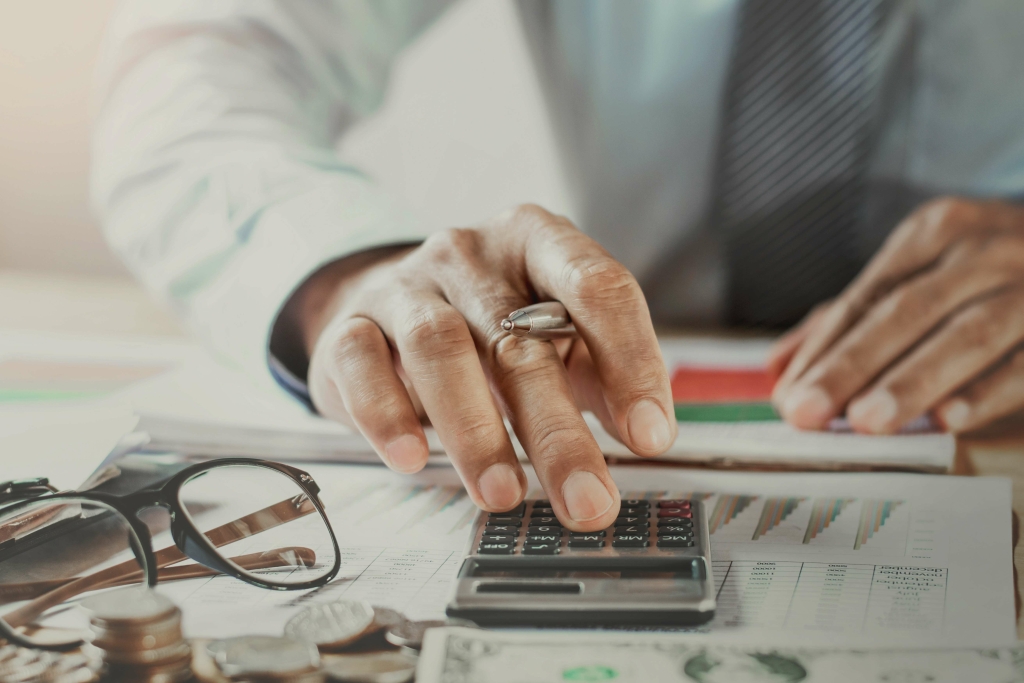Comprehensive Guide to Cost Accounting Formulas and Methods

In a process cost system, the manufacturing costs are averaged across all products that pass through the production process. A CVP analysis, also known as breakeven analysis, uses the marginal production cost to calculate the number of units that must be sold to cover the production cost fully. CVP analysis is one of many activities cost accountants perform, and breakeven is a crucial metric for cost accounting. Target costing is a cost accounting technique companies can use to control production costs. The technique involves setting a target cost for a product, the maximum amount the company is willing to pay for production. If actual production costs start to exceed the target cost, then measures are taken to cut back on production to bring costs down.
- It is also essential to keep all this information in one place to access it anytime.
- By understanding the impact of costs and volume on operating profit, management can make more informed decisions that could lead to increased profits.
- The straight-line method of depreciation, one of the most commonly used approaches, benefits from the historical cost principle’s stability.
- A major advantage of historical cost accounting is that reports are usually considered free of bias and easy to understand.
- It can also help you price your products by considering your fixed and variable costs.
Indirect Expenses
But, estimating the expenses and profit with standard costing is just one part of the story. The other part is about calculating the actual expenses and revenue (often different from the estimated numbers) at the end of the year. Standard costing is an approach to accounting that companies use to estimate expenses and revenue based on predetermined cost standards.

What Is the Main Difference Between Cost Accounting and Financial Accounting?
For example, when a company acquires an asset e.g a truck, the amount paid to buy the truck will only be part of the truck’s overall life cycle cost. You also need to consider that over the period the truck will be used, maintenance costs, car insurance, gas, and other costs to keep the car operational will be incurred. Standard costs are costs that should have been incurred to produce goods based on calculated estimations. These estimates are informed by either the past experience of the company or market research conducted by management. This method of costing is when multiple units of the same item are produced simultaneously.
Customer List Amortization: Key Concepts and Financial Impacts
Finally, by recording cost data for each year (or month), cost accountants can compare what the cost of production has been for the selected period. In this study, 85% of the surveyed financial managers said cost accounting helps reduce the cost of inventory by enabling stock control. However, Hilton and Platt write that many firms in the service https://www.bookstime.com/ industry also use standard costing. Understanding your production costs, market prices, and product or service demand can help you maximize your profits. It helps you know if you need to cut costs, improve profits, or adjust your activities. They can use this technique to determine whether a production unit exceeds 140 and if it’s profitable.

The contribution margin is calculated as sales revenue minus variable costs and can be expressed per unit. By understanding the impact of costs and volume on operating profit, management can make more informed decisions that could lead to increased profits. In today’s competitive business world, any advantage you can give yourself is worth its weight in gold. This approach can provide a more accurate picture of the actual cost of a product than traditional costing methods, which allocate overhead based on the number of units produced. Thus, ABC provides a more nuanced understanding of overhead costs, allowing for more informed decision-making regarding pricing, product mix, and process improvement.

Cost Controls
Its purpose is to ensure that resources are used efficiently and effectively to create maximum organizational value. A cost accountant is responsible for collecting and analyzing data to help determine the most efficient production and distribution methods. Without the skills of a cost accountant, it would be difficult for an organization to make informed decisions about pricing, product mix, and investment decisions. As a result, cost accountants play a vital role in the success of any business that manufactures or sells products. For example, if a company produces two types of products, each product would receive its share of its overhead costs based on its proportion of total production. Another common method is allocating costs per production unit or hour of labor.
- This can result in understated expenses and overstated profits, potentially misleading stakeholders about the company’s true financial performance.
- Activity-based cost accounting is usually for companies where an item goes through different stages of production, like automobile companies.
- To get an accurate picture of the cost of production, businesses must carefully monitor both types of expenses.
- As each company uses its own format for cost accounting, it can be difficult to compare cost data of different companies or different departments.
- By knowing their breakeven point, businesses can ensure that they are making a profit on each sale.
- Batch costing is typically used by companies that seek continuity in the production process.
Financial Statements

Cost accounting can help with internal costs, such as transfer prices for companies that transfer goods and services between divisions and subsidiaries. For example, a parent company overseas might be the supplier for its U.S. subsidiary, meaning the U.S. company would be charged by the parent for any purchases of materials. Cost accounting has elements of traditional bookkeeping, system development, creating measurable information, and input analysis. For many firms, cost accounting helps create and measure business strategy in a more organic way. Additionally, external parties such as investors and lenders may utilize cost accounting data to help evaluate projects or investments.
- It serves, therefore, the purposes of both ascertaining costs and controlling costs.
- For example, a piece of real estate purchased for $200,000 a decade ago might now be worth $500,000 due to market appreciation.
- This information can be used to make decisions about pricing, production levels, and other aspects of business operations.
- The total production costs of a company are calculated by evaluating the fixed and variable expenses.
- The variance is favorable if it determines the actual costs are lower than expected.
Costs are determined only after they are incurred, and are based on a company’s past transactions. This costing method is more useful for short-term decisions as it focuses on variable costs. Fixed costs are still calculated as part of the total cost but they cannot change production cost meaning there is no marginal cost without variable costs. As opposed to fixed cost accounting basics costs, variable costs will increase as the level of production increases. In contrast to general accounting or financial accounting, cost accounting is an internally focused, firm-specific method used to implement cost controls. Cost accounting can be much more flexible and specific, particularly when it comes to the subdivision of costs and inventory valuation.